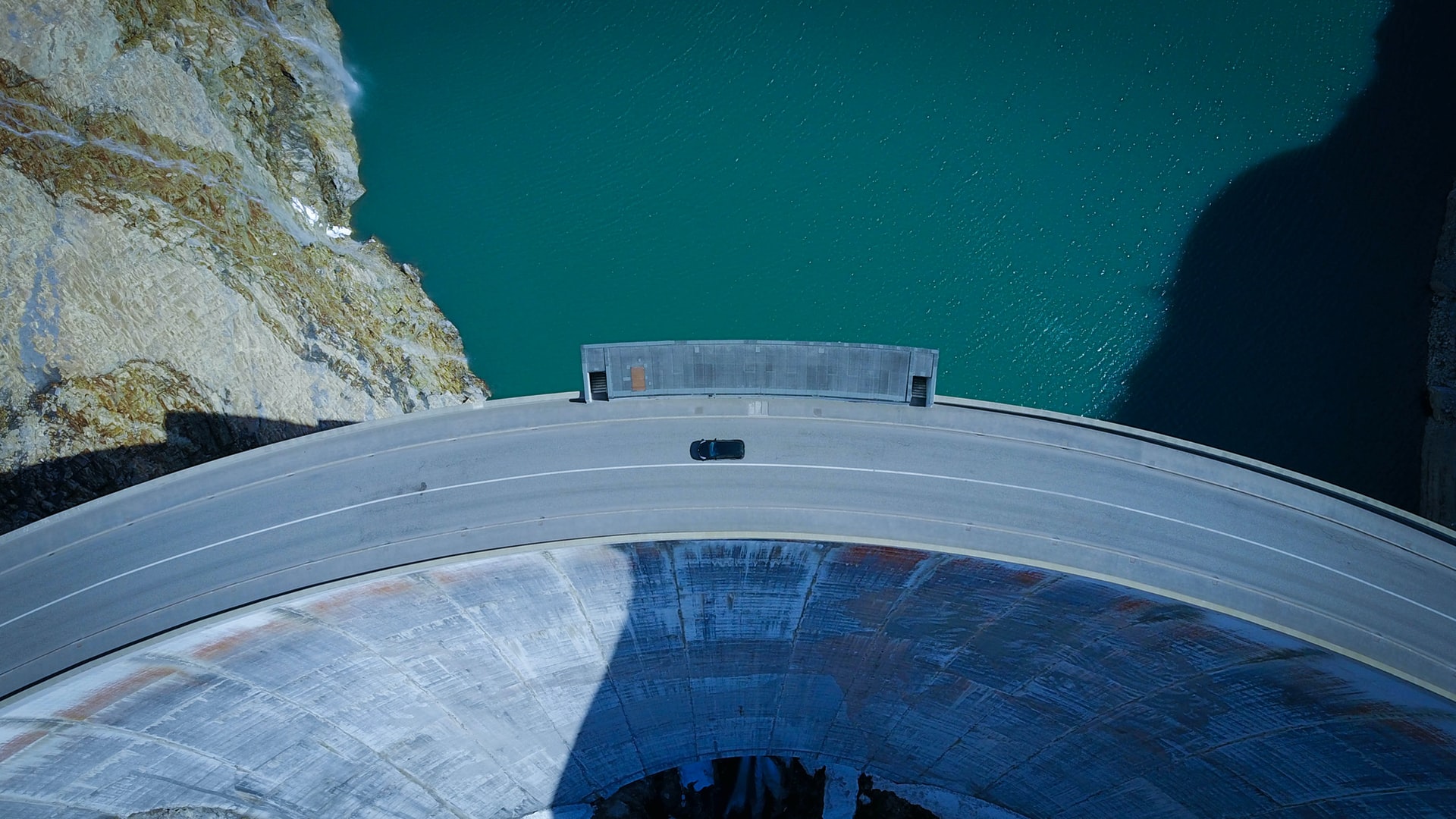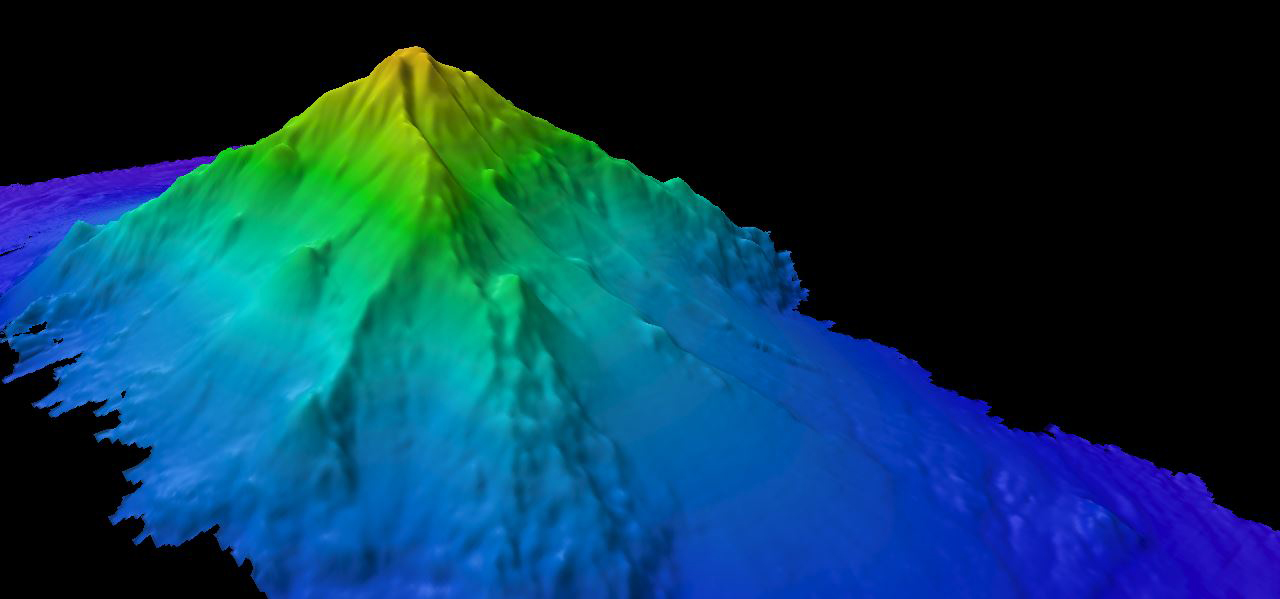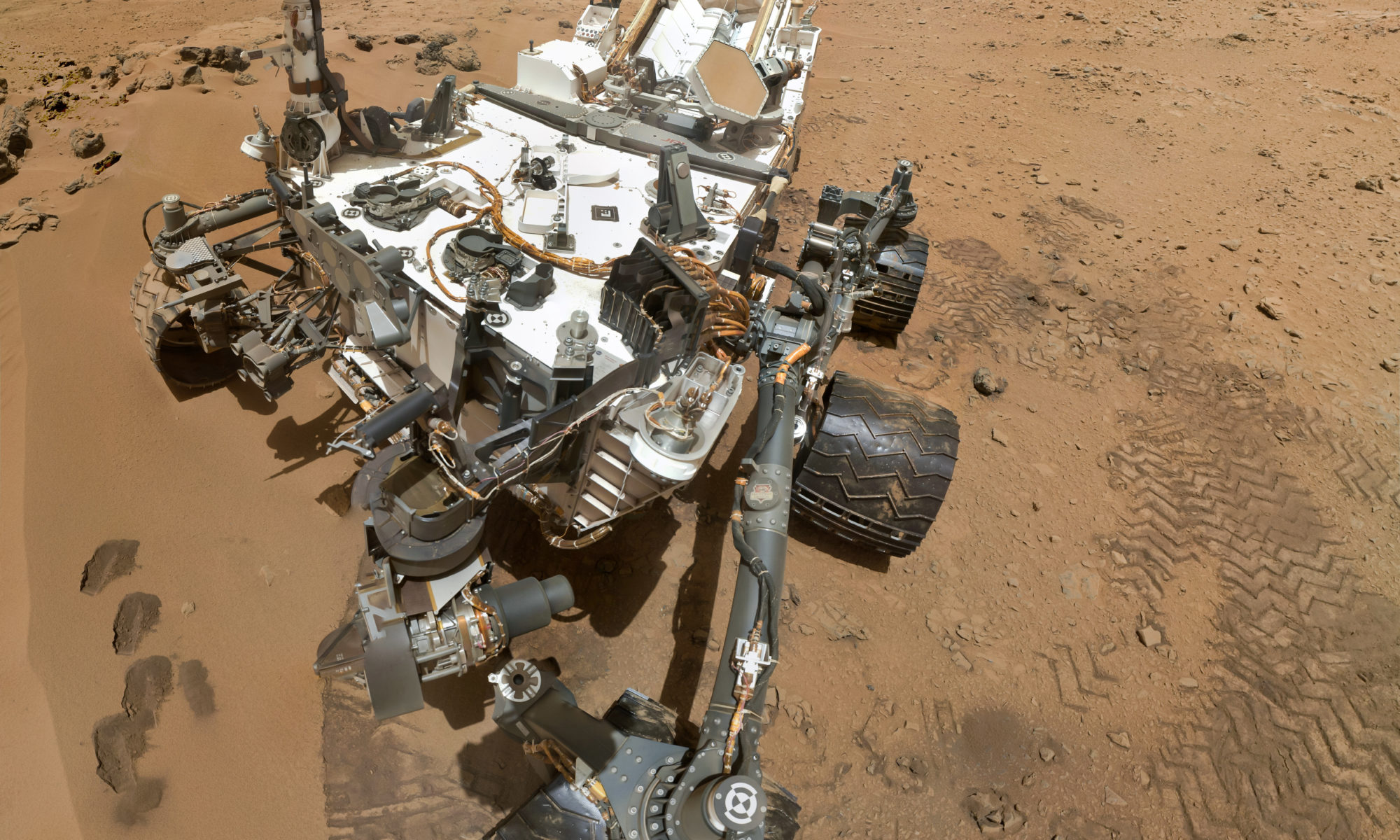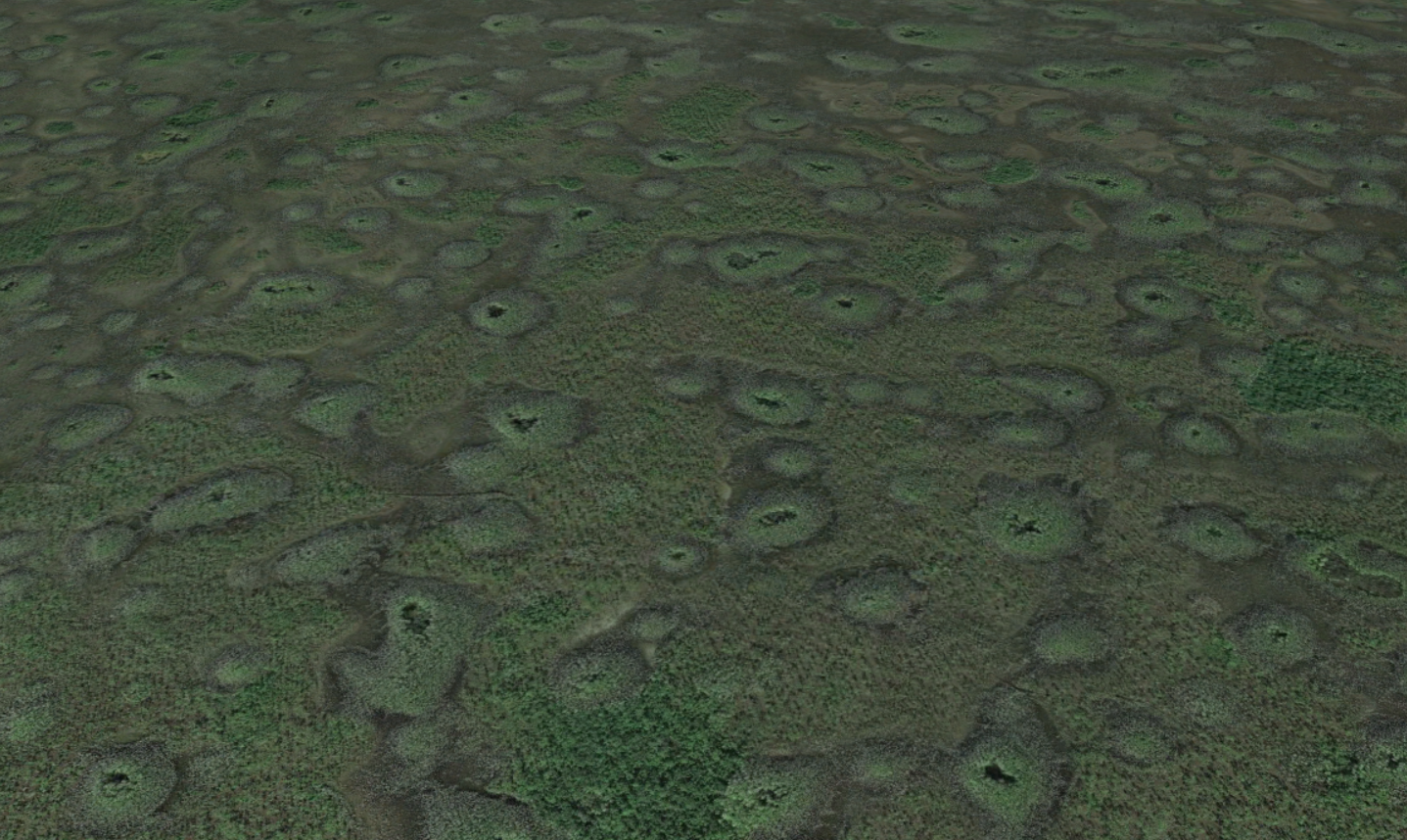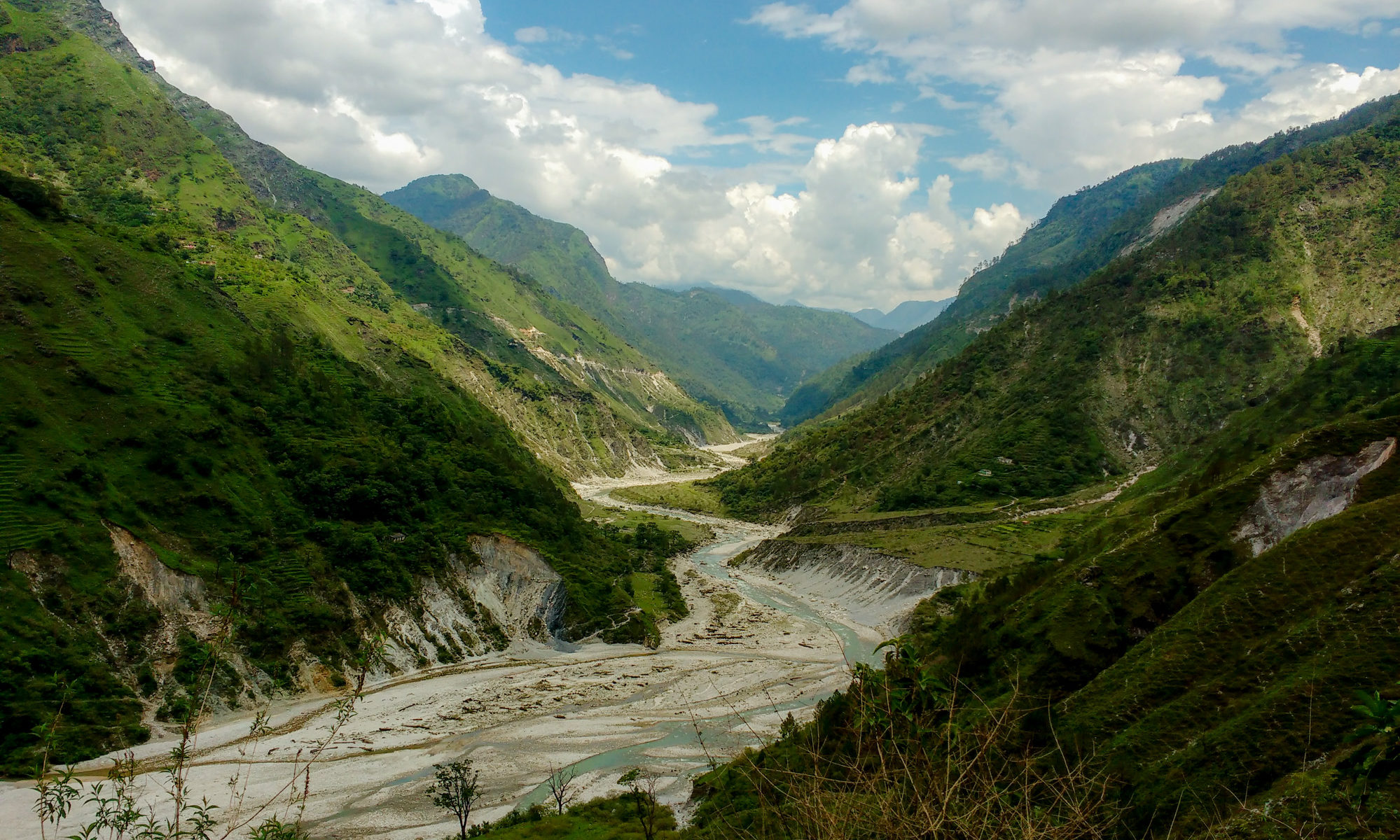Paper: The value of CO2-Bulk energy storage with wind in transmission-constrained electric power systems
Authors: Jonathan D. Ogland-Hand, Jeffrey M. Bielicki, Benjamin M. Adams, Ebony S. Nelson, Thomas A. Buscheck, Martin O. Saar, Ramteen Sioshansi
Some storage solutions give back more than we put in
Energy is lost when batteries charge. This is the case for most energy storage solutions – we get out less than we put in. Some storage solutions, however, give back more than we put in, such as hydro-power dams. In these dams, energy is stored as elevated water (potential energy), and rivers add more water (more energy). An international team of researchers recently described an underground storage solution which could more than double the electricity put in and also help reduce CO2 in the atmosphere.
Continue reading “Doubling Electricity Production by Storing it!”
